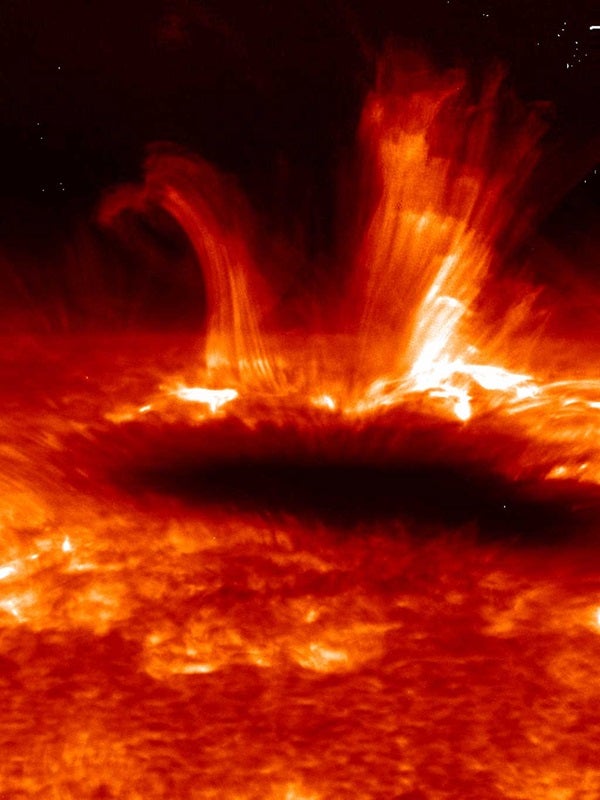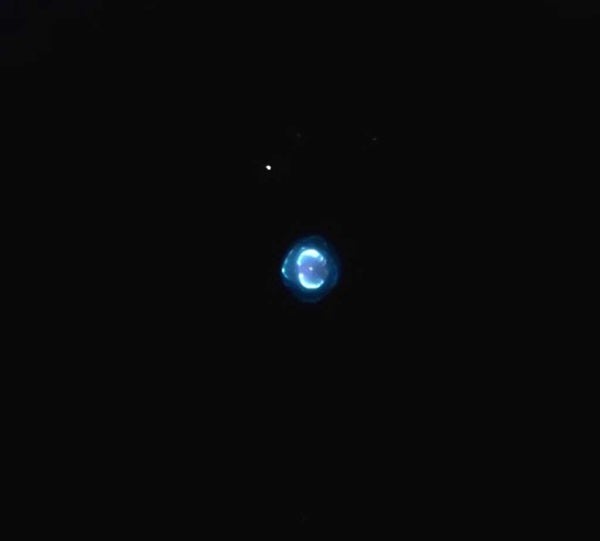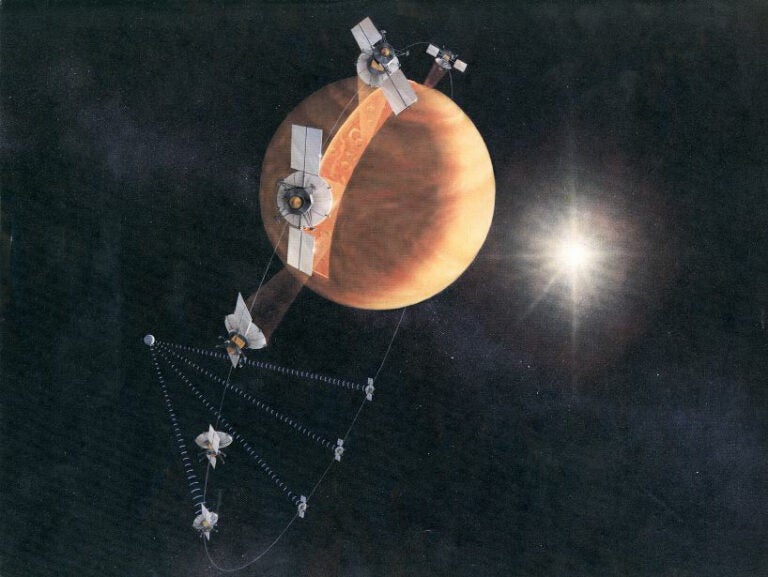The Interface Region Imaging Spectrograph (IRIS) mission will observe how solar material moves, gathers energy, and heats up as it travels through this largely unexplored region of the solar atmosphere. The interface region, located between the Sun’s visible surface and upper atmosphere, is where most of the Sun’s ultraviolet emission is generated. These emissions impact the near-Earth space environment and Earth’s climate.
“IRIS data will fill a crucial gap in our understanding of the solar interface region upon joining our fleet of heliophysics spacecraft,” said Jeffrey Newmark, NASA’s IRIS program scientist in Washington, D.C. “For the first time, we will have the necessary observations for understanding how energy is delivered to the million-degree outer solar corona and how the base of the solar wind is driven.”
IRIS carries an ultraviolet telescope that feeds a multichannel imaging spectrograph. The satellite is the first mission designed to use an ultraviolet telescope to obtain high-resolution images and spectra every few seconds and provide observations of areas as small as 150 miles (240 kilometers) across the Sun.
“Previous observations suggest there are structures in this region of the solar atmosphere 100 to 150 miles [160 to 240 kilometers] wide, but 100,000 miles [161,000km] long,” said Alan Title from Lockheed Martin. “Imagine giant jets like huge fountains that have a footprint the size of Los Angeles and are long enough and fast enough to circle Earth in 20 seconds. IRIS will provide our first high-resolution views of these structures along with information about their velocity, temperature, and density.”
After launch, IRIS will travel in a polar, Sun-synchronous orbit around Earth, crossing nearly directly over the poles in such a way that it moves over the equator at the same local time each day. The spacecraft will orbit at an altitude range of 390 to 420 miles (630 to 680km). This orbit allows for almost continuous solar observations on IRIS’ two-year mission.










